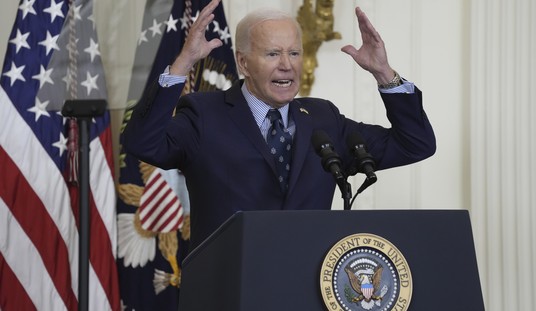At times it can be discouraging: News out of Washington focuses on the negative, partisanship and gridlock. Our fiscal year begins Oct. 1. In theory, our government should have an annual budget approved before the new year begins. Instead, the legislative bodies are voting on bills that would approve spending for three months at current levels.
Our total government debt is just below the legal limit set in May of $16.7 trillion. Through "extraordinary measures," some might call them accounting tricks, our government has run a deficit (spending more than we take in every month) since May but has kept our total debt the same.
Do not try this at home -- this is for experienced finance and spin masters only.
The overall argument seems to be the contrasting views on spending: those who want to spend more (liberals) versus those who want to spend less (conservatives). The liberal argument is that we need to spend more to help more people; the debt does not matter and programs are needed to make peoples' lives better. The conservative argument is that we need to live within our means. Large government does not work; make government smaller and make sure that we do not rob future generations through debt accumulation and inflation.
With these two conflicting views, is there any middle ground? Is there any way to reconcile the opposing views?
While the views might not be reconcilable on a theoretical basis, we might be able to find some common ground in practice.
With the trillions being spent on various government programs, there certainly is some money that is being misdirected, not affecting outcomes as they should. What if we could spend less (conservatives), but have better outcomes (liberals)?
The way to transform the effect of government spending is to move from focusing on the process (dollars spent or people served) to focusing on the outcome. To make this work, an independent third party would test and validate the data.
Recommended
While this has been dreamed of for years, the availability of massive amounts of data coupled with the lower cost of computing and innovative thinking in finance, has led to a time when this vision can become our new reality.
This week, during the National Business Leader Summit on Early Childhood Investment, a set of integrated concepts captured my attention and my imagination: Pay for Success and Social Innovation Financing.
George Overholser, CEO and co-founder of Third Sector Capital Partners, described how social impact financing can allow for scalability of successful social programs.
Pay for Success, according to the Third Sector Capital Partners website, is "a general term for performance-based contracting between government and social service providers. Under these programs, impact is measured rigorously and government makes 'success payments' only when results are achieved, as opposed to providing payments up front."
Social Innovation Financing "bridges the timing gap between government payments and upfront capital needed for service providers to run PFS programs. Financing capital can be raised from philanthropic or non-philanthropic sources."
New financing models fund service providers upfront and allow government payments to be made at a later date. The key to making this work is independent third party validation.
Current federal, state and local spending on education is $0.9 trillion, according to the usgovernmentspending.com website. Combined government spending on healthcare is $1.2 trillion, welfare is $0.6 trillion. In total, our governments spend $6.4 trillion every year. Given that we have 314 million people in the United States, this equates to more than $20,000 of government spending for each person.
The transition from focusing on money being put into programs to focusing on successful outcomes will not be easy and will require business and philanthropic leaders to work with government leaders to make the transition.
Imagine a future where our government not only spends trillions of dollars, as it does today, but does so based on successful outcomes. A future where it would be possible to both spend less and have successful outcomes. That's a future worth working toward.

























Join the conversation as a VIP Member